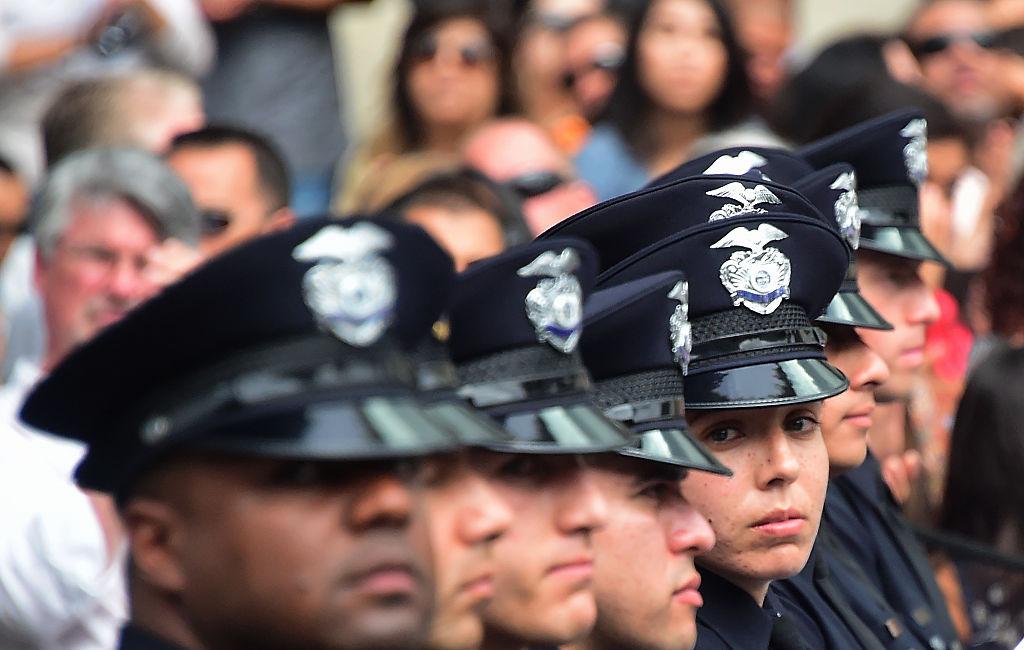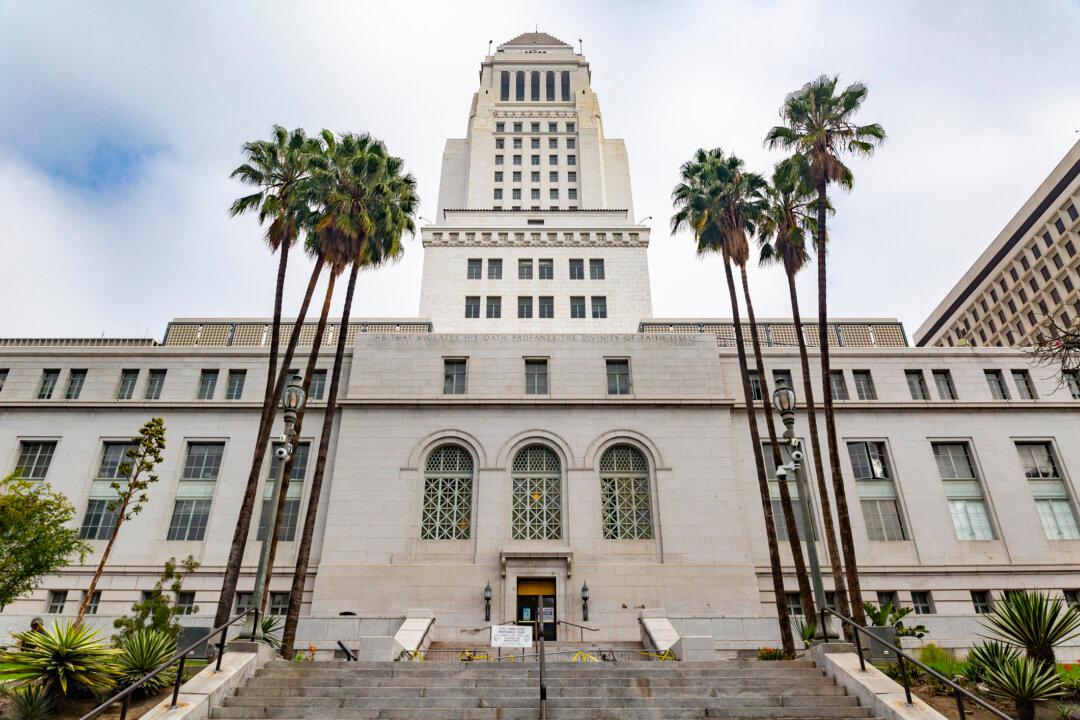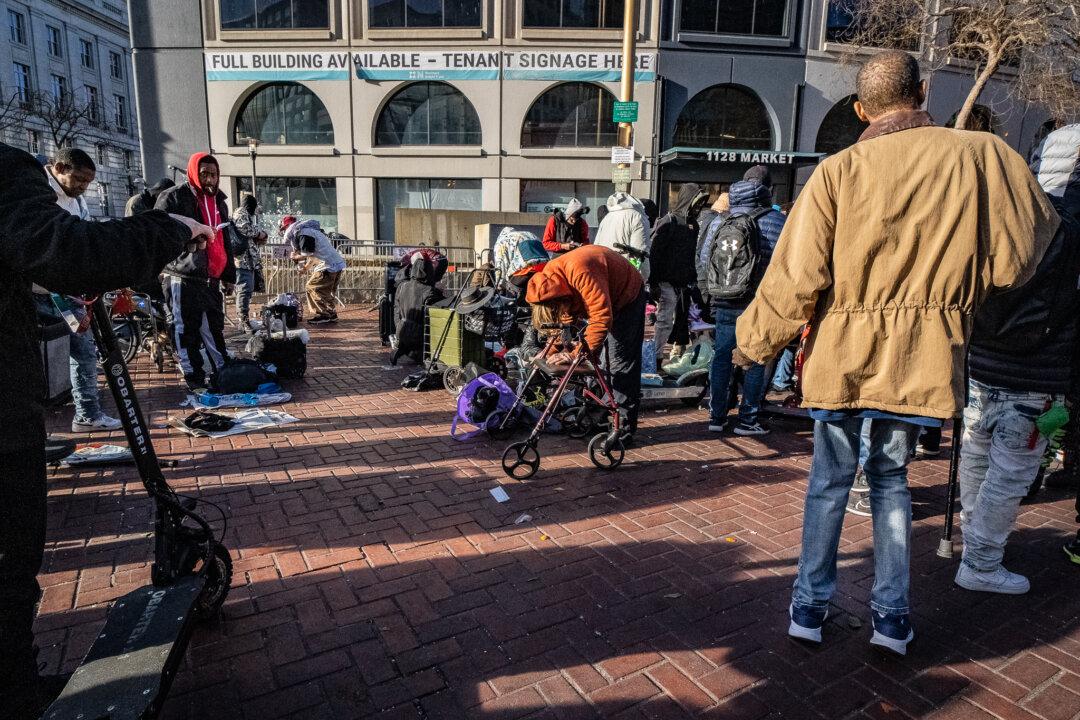LOS ANGELES—The annual Greater Los Angeles Homeless Count has concluded following a year-long hiatus, after officials suspended the count during the height of the COVID-19 pandemic in 2021.
Data—which is expected in May or June—on how many homeless individuals are counted translates into funding from the federal government for more services and programs.





